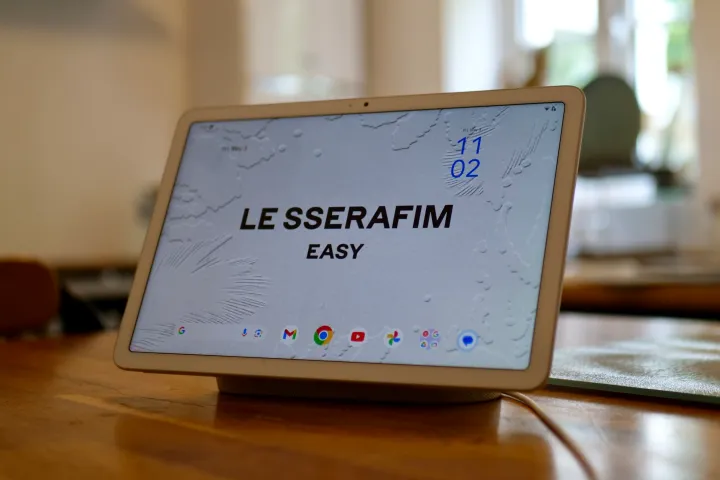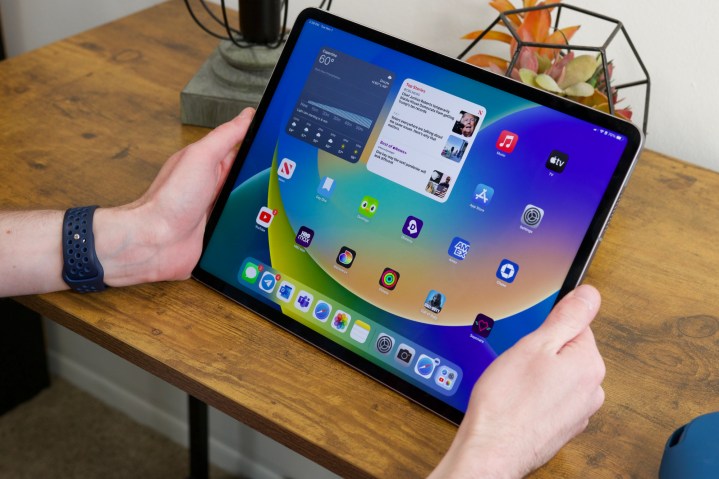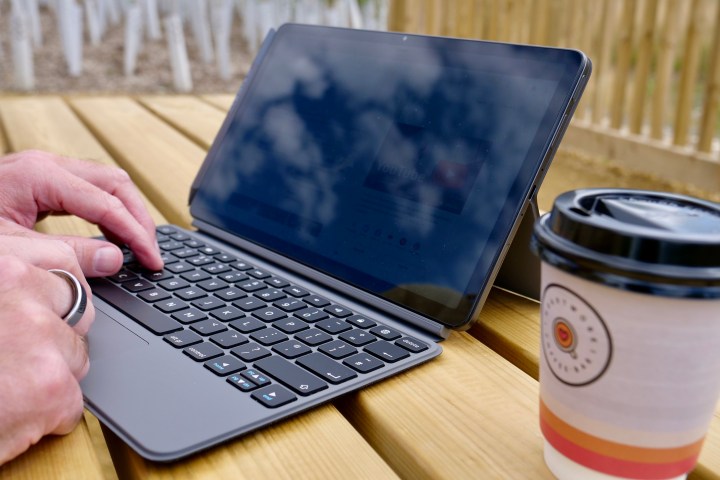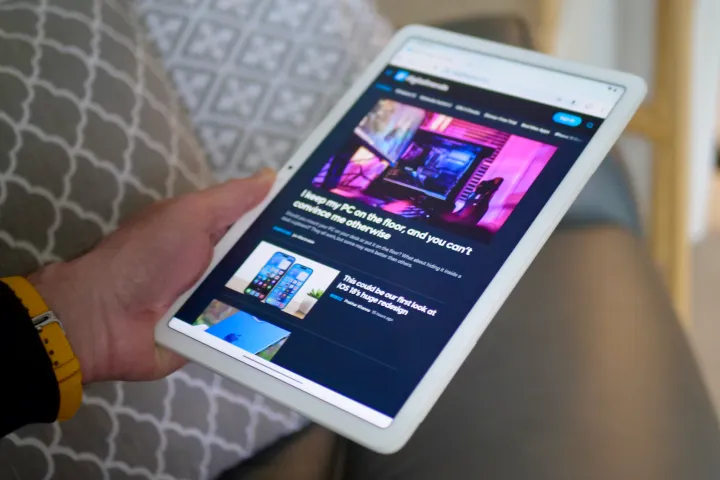
With its latest move to try and encourage you to buy a Pixel Tablet, Google has unfortunately indicated it still has no idea what to do with its most recent return to tablets.
Its big plan to sell more tablets is to take away the best thing about them, which then gives it an excuse to charge a bit less. Reducing the price is a good thing, but in the case of the Pixel Tablet and Google’s solution, there’s sadly no longer any reason to buy it at all.
Google’s new plan for the Pixel Tablet

The Google Pixel Tablet now costs $400 instead of $500, but for this price, it comes without the speaker dock. This is the one thing that makes the Pixel Tablet unusual and actually useful, and it’s been thrown aside, leaving you with an expensive Android tablet that’s, sadly, not all that good.
I say this with a heavy heart, as I have pushed myself hard to use the Pixel Tablet more since its release. I rather like the design and the soft-touch texture of the slim frame. But there’s no official keyboard or stylus, only a very expensive case, and even when you try and get work done on the Pixel Tablet, it falls short of the competition due to lackluster processing power or a lack of the necessary tablet-optimized apps.
In the end, the Pixel Tablet has relaxed into being a convenient screen and speaker in my kitchen, and it’s actually quite good at it. The sound from the speaker dock is fine for a modestly sized room and the 60Hz screen isn’t a concern when all it does is show YouTube videos or pictures from my Google Photos account. It’s content in this role, and I’m happy with it too, even if Google Assistant isn’t always as attentive as the Alexa devices in my house. Notice this is all highly dependent on it sitting on the dock, which you don’t get for the lower price.
Is the new price really any good?

Selling the Pixel Tablet without the dock may reduce the price, but it takes away the one thing that makes it useful. Without the dock, it’s a mediocre tablet surrounded by better devices for the same or even less money. This is the big problem with Google’s latest Pixel Tablet master plan. Instead of equipping it with the rumored accessories so it can defend itself against the competition, Google has set it free in the wilds of Android-tablet-land naked as the day it was born.
It means that at $400 without anything, the Pixel Tablet will be eaten alive. If you’ve only got that amount to spend on a tablet, then an Apple iPad is by far the better bet. It also doesn’t matter if you get one of the new iPad models, or a refurbished one that’s a few years old, it’ll serve you well for years. The amount of accessories available means it’ll grow with you if you’re requirements change too.

But the real threat to the Google Pixel Tablet comes from Amazon, as at the time of writing, the Amazon Fire Max 11 tablet — with the keyboard case and stylus — costs $330. It’s a tablet, a casual laptop, and a blank slate for an artist, plus it’s already “Primed” for video, too. Amazon’s Fire OS isn’t the best, but it’s easy to install Google Play, which, as I found out, turns the tablet into a decent work machine — provided you have an internet connection. It’s versatile in a way the Pixel Tablet is not.
It’s not enough

If I know all this, then Google has to know it as well. Warehouses must be bursting at the seams with Pixel Tablets, meaning the company is reluctant to invest in a range of accessories to make it more appealing. This leaves it with little choice but to cut the price to clear the shelves. But without the dock, it’s pointless, and the price reduction isn’t deep enough to entice bargain hunters.
While slashing the price to something unfeasible is obviously impossible (don’t expect an HP TouchPad-style fire sale to drum up interest), a $299 price tag would make me feel differently and may well have resulted in a tentative recommendation. Undercutting the Amazon Fire Max 11 should have been priority number one when the decision was made to unbundle the dock, but Google has failed to make the Pixel Tablet attractive in any other way whatsoever.
Google’s plan with the Pixel Tablet has been hazy from the start. There are no work- or enetertainmentrelated accessories, no push to improve the tablet experience on Android, and no obvious reason why you would buy it with the dock over the Google Nest Hub Max either. Knocking some money off by taking the dock away is a shoulder shrug of a strategy and a blind assumption that a lower price will prompt an uptick in sales.
Don’t be fooled; you can do a lot better than buying the $400 Pixel Tablet without its dock. Unless you’re fine with giving up on it a few months into ownership, just like Google seems to have given up on trying to make it a product worth buying, it’s not worth your money — even at the new low price.
Editors' Recommendations
- The Google Pixel 8 is about to get a long-awaited update
- Google just announced 7 big Android updates. Here’s what’s new
- Can a $500 Pixel phone beat a $1,000 iPhone in a camera test? I found out
- It’s impossible to recommend a cheap Google Pixel phone
- Google fumbled what could have been its biggest product in years

